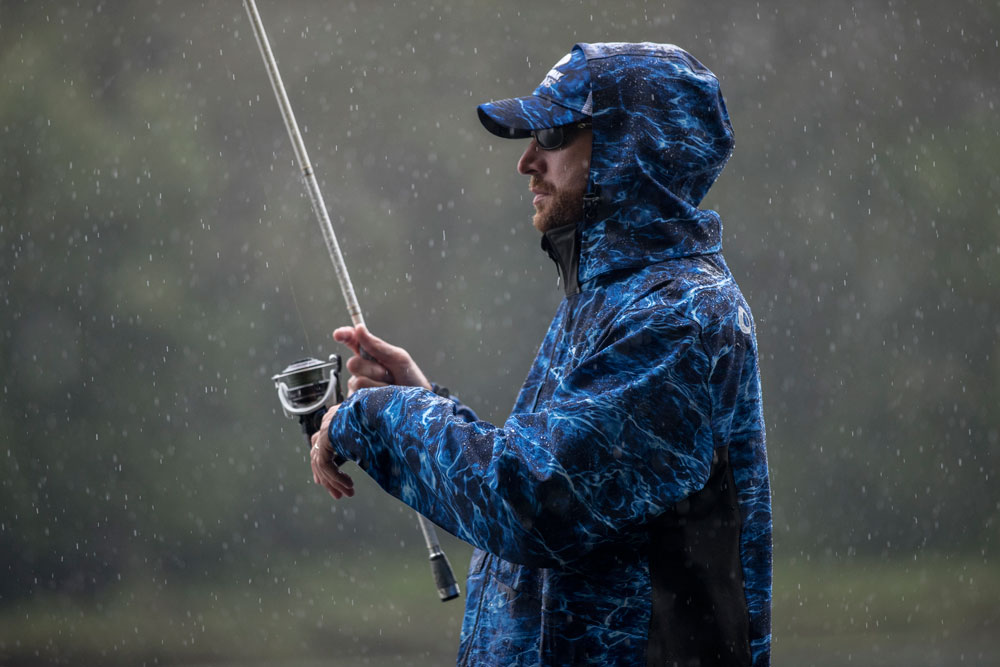with Greg Hackney
One of the newest trends in bass fishing is using braided line when fishing with spinning tackle. Greg Hackney shares why many anglers are switching from monofilament to fishing with braid.

In the past, many bass fishermen left monofilament and went to fluorocarbon to use on their spinning reels. However, they found out that fluorocarbon wasn’t very user friendly on spinning tackle, because it was a stiffer line than monofilament. You therefore got more line twist with fluorocarbon. However, braid is very supple and lies down on a reel without creating a memory like the coils you often see on monofilament when you cast monofilament. Fishing braid means no line twist.
You can tie a fluorocarbon leader to the braid and enjoy the best of both worlds for fishing for bass. You have the invisibility of fluorocarbon with the strength and suppleness of the braid, which means super-strong line and an invisible leader tied to the braid and to your lure. No one is tying the braided line straight to the lure.
Braided line also gives you a faster hook set, allow you to cast further and enables you to get a better feel for the bite than the monofilament or the fluorocarbon will. You pick up the strength and castability of the braid, and you get the invisibility you want from the braid to the eye of the lure with fluorocarbon. In my opinion, when fishing spinning tackle, using braided line on your reel and a fluorocarbon leader give the angler the best of both worlds when fishing for bass.



























